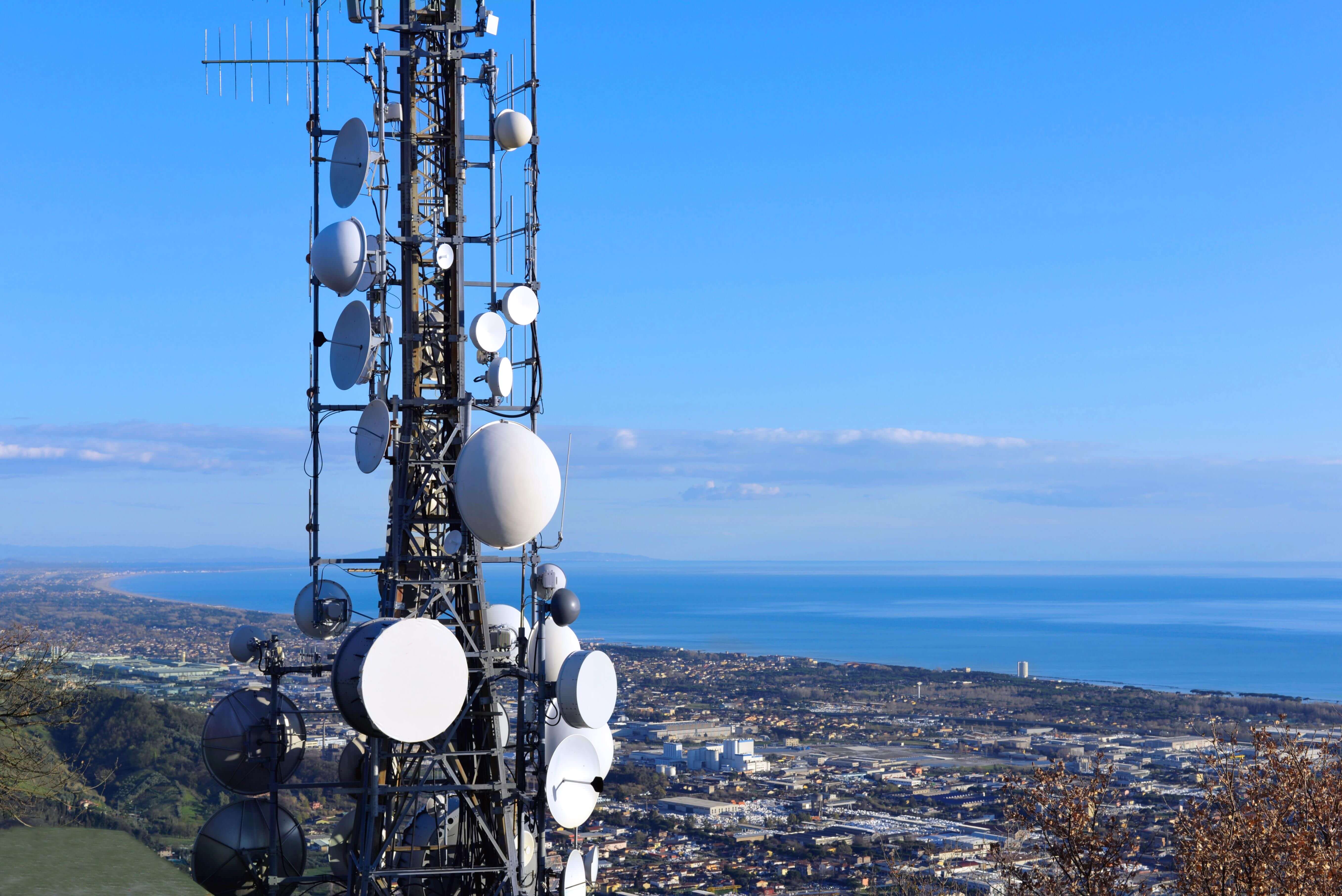If you've ever been through a city and spotted tiny cell towers for 5G on the poles of street lights. They look like small boxes, but they're actually broadcasting wireless signals from mobile providers to your phone.
These smaller towers are replacing the larger specially-designed cell towers. While they're not as noticeable but they can still cause problems for people.
safe distance to live from cell phone tower define the safe distance that one can expose to electromagnetic energy generated by wireless devices. The limits of exposure are based upon scientific research which show that the energy of RF can be harmful to human health.
https://lightningbacklinks.com/what-lengths-away-can-one-be-from-the-5g-mobile-tower-before-becoming-dangerous/ of absorption called the specific absorption rate (SAR) is an indicator of the radiofrequency energy absorbed by tissue. It's usually 1.6 watts per kilogram, averaged over one gram of tissue.
Since 5g is able to transmit at higher frequencies this could be able to increase the intensity of energy on the skin as well as other body parts. This could lead to a wide range of possible harms, such as an increase in the development of skin conditions like dermatitis, skin cancer and cataracts.
Due to the potential for severe effects of 5g radiation, PSU has chosen to create a general limits on power density, which is 4mW/cm2 measured on 1cm2, and not to exceed 30 minutes for all 5G services running at 3000 GHz. This localized limit is consistent with the maximum spatial-average SAR of 1.6 W/kg, which is averaged over 1 g of tissue at 6 GHz.

The FCC's Maximum Exposure Thresholds

Have you ever used a mobile phone, you're probably aware that a safe distance from the tower should be at least 400 meters. This is due to the power of the transmission of the cell tower is significantly increased the farther the tower is.
Although this may sound like an ideal idea, the reality is that those living close to towers may actually be more prone to health issues. For instance, a study conducted in 2014 in India found that residents who lived within 50 meters of cell towers had significant more health issues than those who lived farther far from antennas.
But, the study found that people who moved to areas further away from cell towers experienced their symptoms return to normal within a couple of days. Studies have also shown that exposure to high amounts of electromagnetic field radiofrequency (EMFs) can lead to cancer, brain tumors as well as other health issues.
This is due to the fact that the RF radiation used in wireless communication can penetrate the human body's exterior layer, which is the skin. This is important to understand because the skin acts as a protective barrier against injuries caused by mechanical forces, infections from pathogenic microorganisms, as well as infiltration of toxic substances. Additionally, what is a safe distance from a 5g cell tower is the most important organ in the human body and is accountable for keeping the integrity of other organs.
The FCC's Minimum Exposure Thresholds for the Minimum Exposure
The FCC's Minimum Exposure Thresholds are based on numerous assumptions that are not supported by evidence from science. They include the incorrect belief that short-term exposures RF radiation are safe due to minimal penetration into the body (i.e. the heating of tissues).
This assumption does not take into account the deeper penetration of the ELF parts of the modulated RF signal as well as the effect on the body of short bursts from pulsed RF waves. These assumptions are not in line with the current understanding of biological consequences of RF radiation. As such, they should not be considered for health protection exposure standards.
Additionally, the ICNIRP and FCC limit its maximum levels of radiation exposure for local peak SARs, based on the peak frequency of absorption (psSAR) that is not a sufficient dosimetric tool to determine the degree of radiation exposure. In particular it is inconclusive for frequencies above 6 GHz. Additionally, psSAR hasn't been tested for RF radiation with co-exposure to other environmental agents such like sunlight. The interactions of RF radiation with other environmental agents may result in antagonistic or synergistic effects. This would result in an increased risk of negative health consequences. For Check out this site , exposure to RF radiation with sunlight may increase the risk of developing skin cancer, as well as aggravate other skin diseases such as acne.
